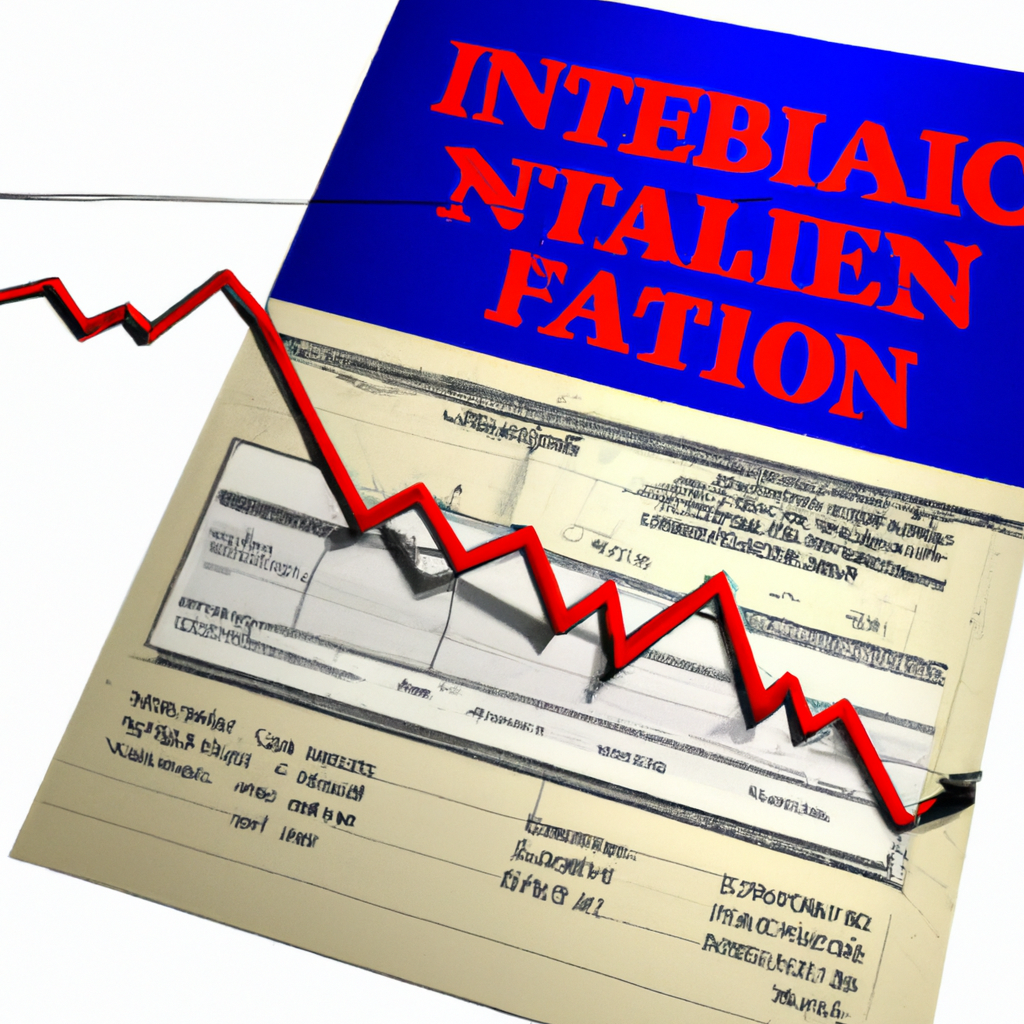Understanding Inflation Rate Reports
Introduction
Inflation is a crucial economic indicator that measures the rate at which prices of goods and services rise over time. It affects the purchasing power of consumers, the profitability of businesses, and the overall stability of an economy. To monitor and analyze inflation, governments and central banks release regular inflation rate reports. In this article, we will explore the importance of these reports and how they are structured.
What is an Inflation Rate Report?
An inflation rate report is a document published by government statistical agencies or central banks that provides detailed information on the current state of inflation within a country or region. It typically includes data on price changes for various consumer goods and services, such as food, housing, transportation, and healthcare. These reports are crucial for policymakers, economists, investors, and the general public to understand the health and trajectory of an economy.
Key Components of an Inflation Rate Report
1. Consumer Price Index (CPI): The CPI is a measure of the average change in prices paid by urban consumers for a basket of goods and services. It serves as a fundamental component of an inflation rate report, as it reflects the overall price level and inflation trends.
2. Inflation Rate Calculation: The report usually includes the calculation of the inflation rate, which represents the percentage change in the CPI compared to a previous period. This provides a clear picture of whether prices are rising or falling.
3. Breakdown by Categories: Inflation rate reports often break down price changes by categories, allowing analysts to identify which sectors are experiencing the most significant price fluctuations. This breakdown helps policymakers make informed decisions and businesses adjust their strategies accordingly.
4. Historical Comparison: To provide context, inflation rate reports often include historical data, comparing the current inflation rate with previous periods. This allows for trend analysis and helps to identify patterns or anomalies.
Interpreting Inflation Rate Reports
1. Impact on Consumers: High inflation rates erode the purchasing power of consumers, as the cost of goods and services increases. It is important for individuals to monitor inflation reports to make informed financial decisions and adjust their budgets accordingly.
2. Economic Policy Implications: Central banks and governments use inflation rate reports to assess the effectiveness of their monetary and fiscal policies. If inflation is too high or too low, policymakers may adjust interest rates, taxes, or spending to maintain price stability.
3. Investment Strategies: Investors analyze inflation rate reports to understand how inflation may impact different asset classes. For example, during periods of high inflation, investments such as real estate or commodities may be more attractive as they act as hedges against rising prices.
Conclusion
Inflation rate reports provide critical insights into the health and stability of an economy. By monitoring price changes and analyzing trends, these reports help policymakers, economists, and individuals make informed decisions. Understanding the components and implications of inflation rate reports is essential for navigating the complex world of economics and finance.

